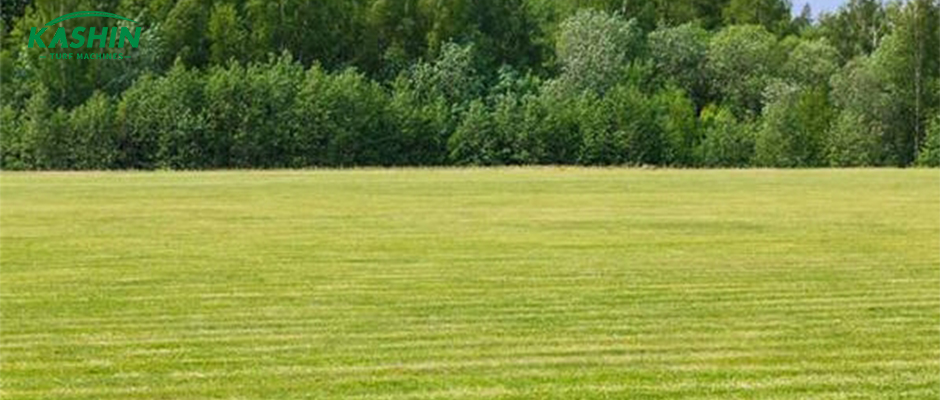After the lawn is planted and used, block damage or death or even the entire lawn will degrade. There are many reasons for this, such as low-lying water accumulation in the lawn, poor drainage; pests and diseases, frost damage, drought; excessive use of the lawn, severe trampling, and soil compaction; therefore, it is necessary not only to improve the lawn soil infrastructure, strengthen water and fertilizer management, and prevent weeds and pests and diseases, but also to repair local lawns.
Many times, lawns are degraded due to changes in lawn grass composition or serious deterioration of the physical and chemical properties of the surface soil medium. In order to save manpower and material resources, the lawn can be locally transformed and replanted with less intensity, which is the renewal and repair of the lawn.
一、Necessary conditions for repair and improvement
1. The lawn vegetation is composed of weeds that can be completely killed by selective herbicides.
2. Most of the lawn vegetation is composed of perennial weeds.
3. Lawns that are severely damaged by insects, pathogenic factors or other reasons.
4. The lawn organic matter layer is too thick, the soil surface texture is uneven, and the surface 3 to 5 cm soil is severely compacted.
When you see the lawn deteriorating, you should first find out the cause of the lawn degradation, so that you can prescribe the right medicine and develop a correct and practical plan.
二、Lawn restoration
1. Lawn bed preparation The first thing to consider when preparing the lawn bed is to use herbicides for weed control. Secondly, deep vertical mowing should be carried out, and in extreme cases, scratching should be carried out to completely break the organic matter layer. When the topsoil is not severely compacted, high-intensity core soil tillage and leveling can also be carried out. Before tilling the soil, compound fertilizers (containing nitrogen, phosphorus, and potassium) should be applied, and acidic fertilizers should also be added with lime. The amount of application can be determined according to the nutritional status of the bed soil.
2. Grass seed selection Restoration can use vegetative propagation, but most of them use seed propagation. Grass seeds that are fully adapted to local environmental conditions should be selected, and the consistency of the lawn should be considered.
3. Planting and sowing methods commonly use broadcasting and disc sowing. Broadcasting uses standard sowing rates, and shallow harrowing and rolling should be done after sowing. Disc sowing is done with a special disc seeder, and shallow harrowing and rolling are generally not required.

三、Lawn renewal
1. If the newly built lawn sprouts unevenly or is incomplete, you should first check whether the planting method is correct, and then check whether there is construction waste in the underground soil of the incomplete area. After confirming that these are not the reasons, the soil acidity and alkalinity test should be carried out. After determining the cause, you can use the method of reseeding to replant. After the soil that has not yet hardened is cleared on the shallow surface with a grass rake, the grass seeds are sown, and then it can be managed according to the general planting and maintenance methods.
2. For block repairs, the reseeding method can be adopted, and the repair method can be reseeded or turfed. No matter which method is used, as long as it does not affect the use of the lawn and ensures the quality of the lawn, it is fine. The procedure for patch repair is: remove the grass plants exposed on the ground along the edge of the patch, pad with fertile soil or peat soil 2-3 cm, and the thickness of the padding soil should be slightly higher than the surrounding lawn soil layer to prevent settlement and depression, and then level the ground, sow or asexually propagate or lay turf. When sowing, pay attention to the fact that the grass seeds sown must be consistent with the original varieties. After sowing, slightly press the repaired lawn bed and water it for maintenance. If laying turf, use a 0.2-0.3 ton roller to compact the ground and make it flat. The repaired lawn should be carefully maintained so that it can be consistent with the color of the surrounding lawns as soon as possible.
Lawns that have been severely degraded due to pests and diseases or other reasons should be replanted.
Post time: Dec-18-2024
